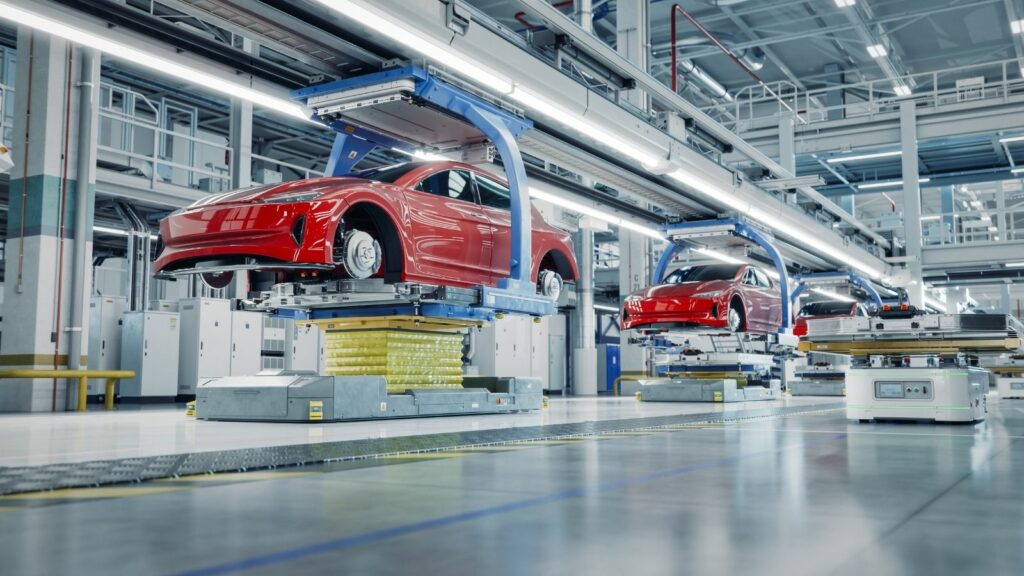The world of concept cars is a bit like a high-stakes game of “What if?” Automakers roll out these jaw-dropping prototypes at auto shows, leaving car enthusiasts salivating over what could be. These vehicles are often packed with cutting-edge technology, futuristic designs, and features that make you wonder if they were created by genius engineers or just kids who had too much fun with crayons. However, for every concept car that makes it to the assembly line, dozens remain a tantalizing glimpse into a future that never was. Let’s dive into seven such concept cars that made us dream but never made it to our garages. Spoiler: it’s a tale of heartbreak, but don’t worry—we’ll get through it together.
Ford GT90 (1995)
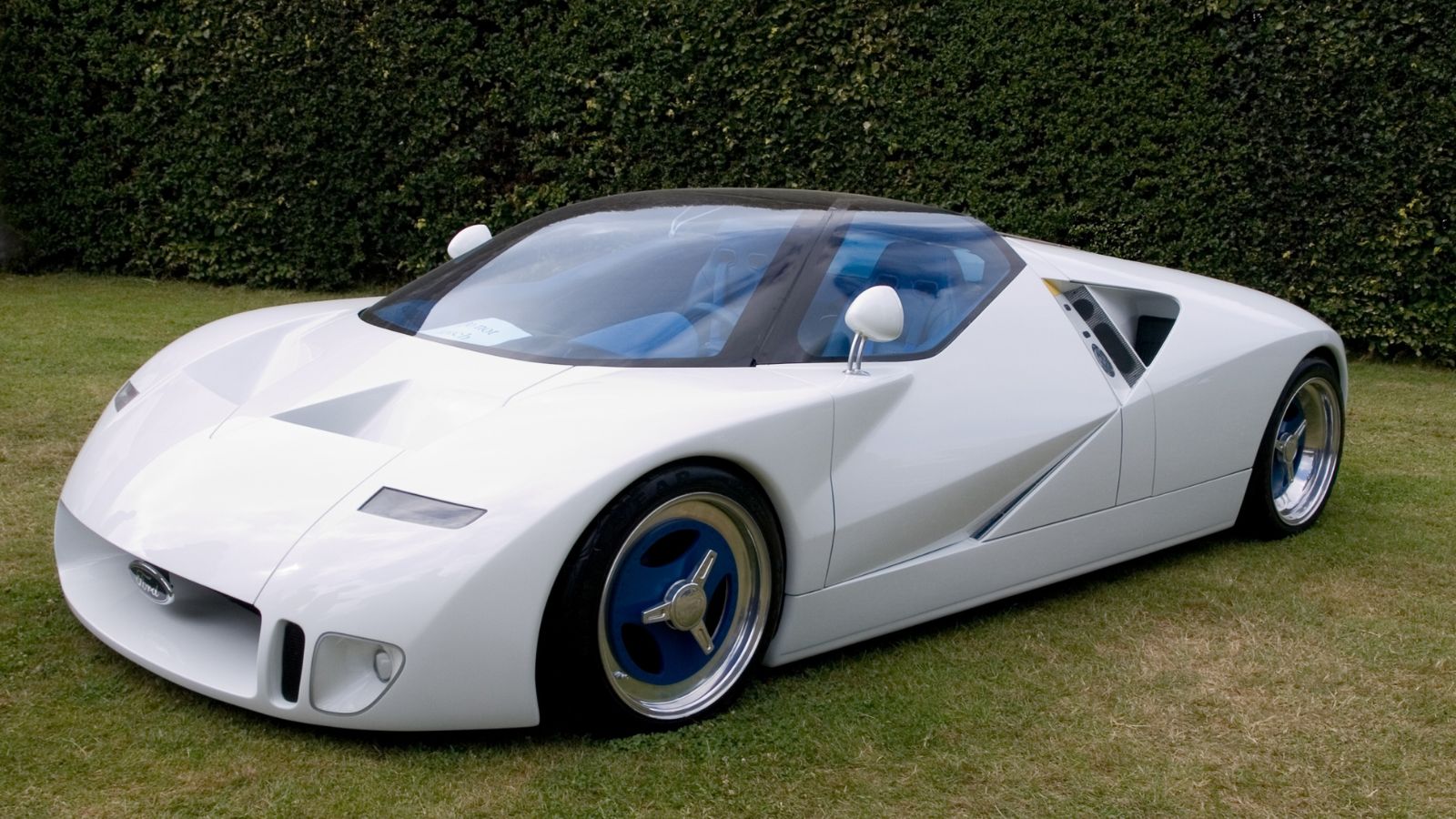
Let’s kick things off with the Ford GT90, a car that looked like it could outrun a fighter jet and probably give one a run for its money in terms of top speed. Unveiled in 1995, the GT90 was Ford’s attempt to showcase what the future supercar might look like. It was powered by a quad-turbocharged V12 engine, producing a staggering 720 horsepower. The design had sharp angles and aggressive lines, a clear nod to the “Art of War” but on wheels. The interior was equally futuristic, featuring a digital dashboard that wouldn’t look out of place in a sci-fi movie. So, why didn’t this beast of a car make it to production? Simply put, it was too ahead of its time in terms of technology and cost. The GT90 was essentially a one-off prototype designed to show what Ford could do if money were no object. Unfortunately, money is always an object, and the cost of bringing the GT90 to market was astronomical. So, the GT90 remained a dazzling dream, forever stuck in the ’90s, just like the Macarena.
Jaguar C-X75 (2010)

Next is the Jaguar C-X75, a car that made waves when first revealed in 2010. This wasn’t just another pretty face—although it was certainly that. The C-X75 was a plug-in hybrid hypercar with an electric motor at each wheel and a turbocharged 1.6-liter engine. The combined output was a mind-boggling 850 horsepower, and it could rocket from 0 to 60 mph in under 3 seconds. Jaguar claimed that the C-X75 could run on electric power alone for about 31 miles, making it as green as it was fast. The design was pure Jaguar—sleek, elegant, and unmistakably British, with just enough flair to make James Bond consider a trade-in. So why didn’t we see the C-X75 cruising down our streets? Blame it on the economy. Jaguar originally planned to produce 250 units, but in 2012, the company decided to pull the plug, citing economic uncertainty and the high cost of production. The world wasn’t ready for an $800,000 hybrid hypercar after the global financial crisis. However, a few prototypes were built, and one even made a cameo in the James Bond film “Spectre.” But for most of us, the C-X75 will remain a beautiful “what if” in the annals of automotive history.
Chrysler ME Four-Twelve (2004)
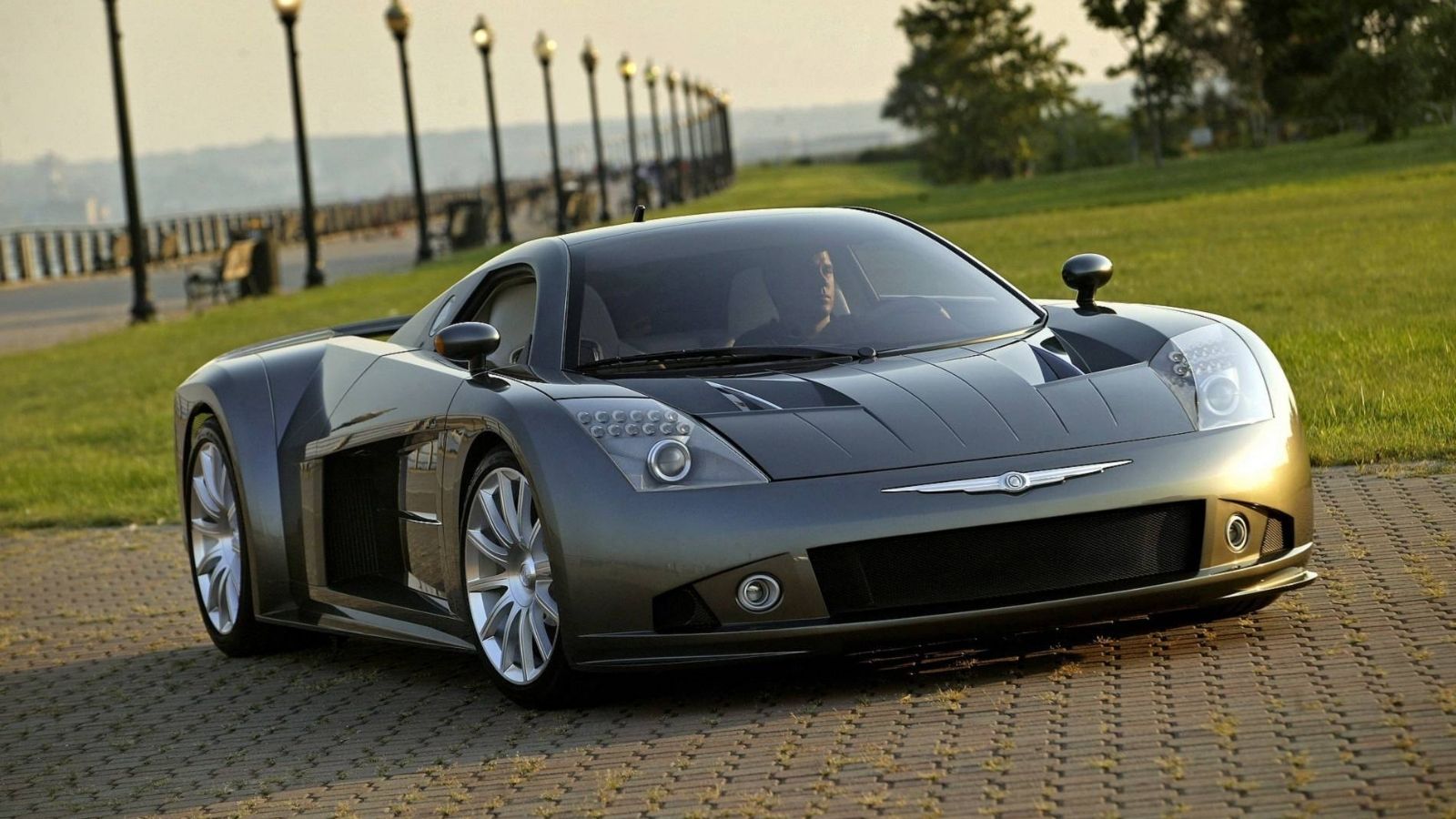
In 2004, Chrysler dropped a bombshell on the automotive world with the ME Four-Twelve. This mid-engine supercar was named after its most impressive features: four turbochargers and a 12-cylinder engine. The result? A monstrous 850 horsepower and a top speed of 248 mph. The car could go toe-to-toe with the Bugatti Veyron and the McLaren F1. The design was a mix of sleek curves and aggressive vents, making it look perpetually in motion, even when standing still. Despite the fanfare and the awe it inspired, the ME Four-Twelve never saw the light of day as a production car. Chrysler was in a period of financial instability, and the idea of producing a million-dollar supercar didn’t make sense for a company trying to keep its head above water. Additionally, there were concerns about whether Chrysler could build and sell such a high-performance car in significant numbers.
Cadillac Sixteen (2003)
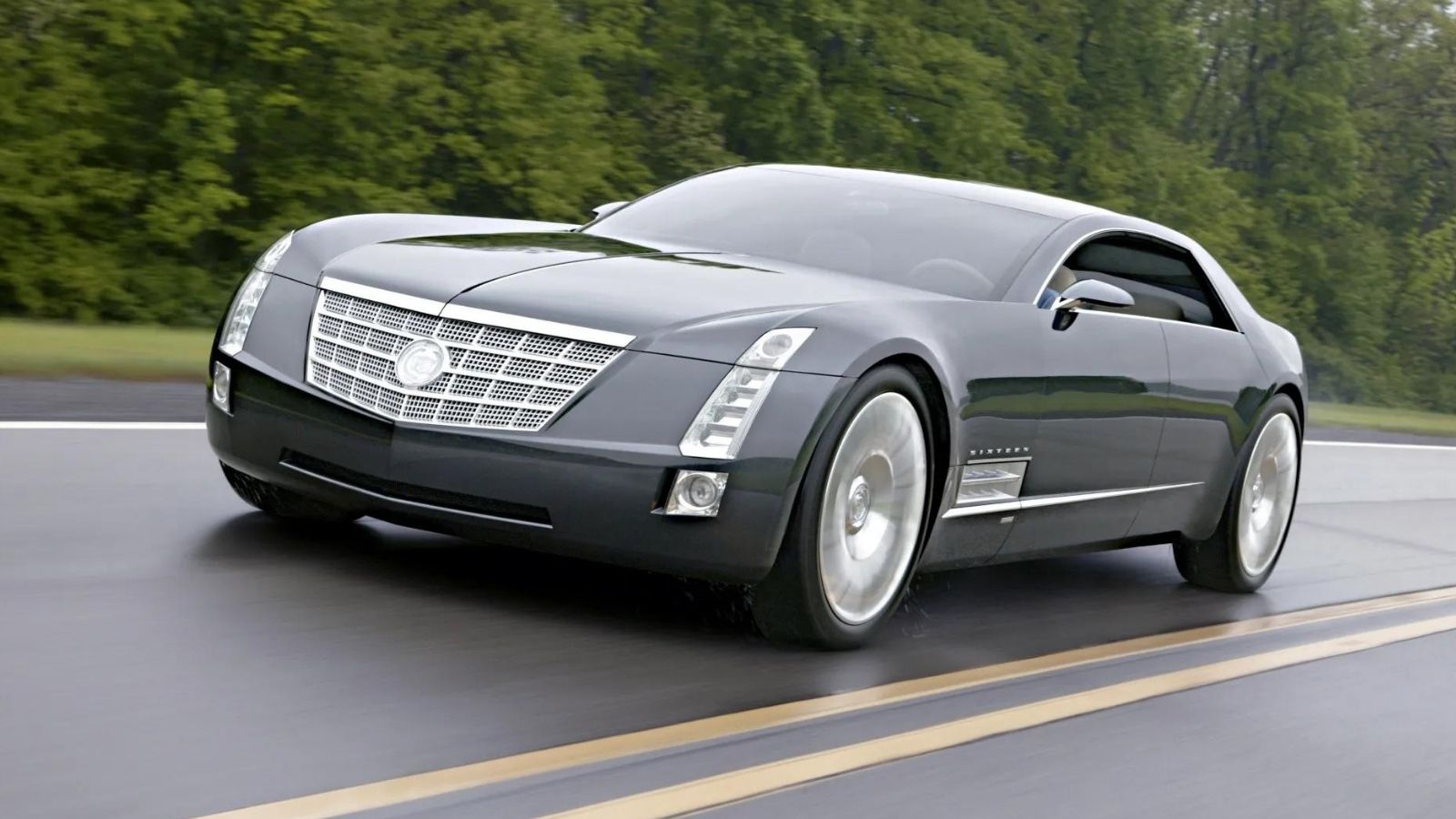
When Cadillac unveiled the Sixteen in 2003, it wasn’t just showing off a car but flexing its muscles. The car’s design was pure American luxury, with an impossibly long hood, sleek lines, and an interior that oozed luxury. The Sixteen was meant to be the ultimate Cadillac, a car that would restore the brand to its former glory as the “Standard of the World.” This behemoth was powered by a 13.6-liter V16 engine that produced 1,000 horsepower and 1,000 lb.-ft of torque. Yes, you read that right—a V16 engine. As much as people loved the idea of a V16-powered Cadillac, the realities of the early 2000s auto market weren’t as kind. The Sixteen was a massive car with a massive engine, and it simply didn’t align with the growing trend toward fuel efficiency and downsizing. Ultimately, the Cadillac Sixteen remained a one-off concept, a symbol of what could have been if the world were less practical and much more indulgent.
Volkswagen W12 Nardò (2001)

Volkswagen isn’t exactly the first name that comes to mind when you think of supercars, but in 2001, the German automaker decided to challenge that perception with the W12 Nardò. This sleek, low-slung coupe was powered by a 6.0-liter W12 engine producing 600 horsepower, and it wasn’t just for show—the W12 Nardò set several speed records, including a 24-hour endurance record, averaging over 200 mph. Despite its impressive performance credentials, the W12 Nardò never made it to production. Volkswagen was still primarily focused on mass-market vehicles, and the idea of producing a high-end supercar didn’t quite fit its brand image then. The costs of bringing such a car to market were prohibitive, especially for a company not known for producing vehicles in this segment.
Lamborghini Estoque (2008)
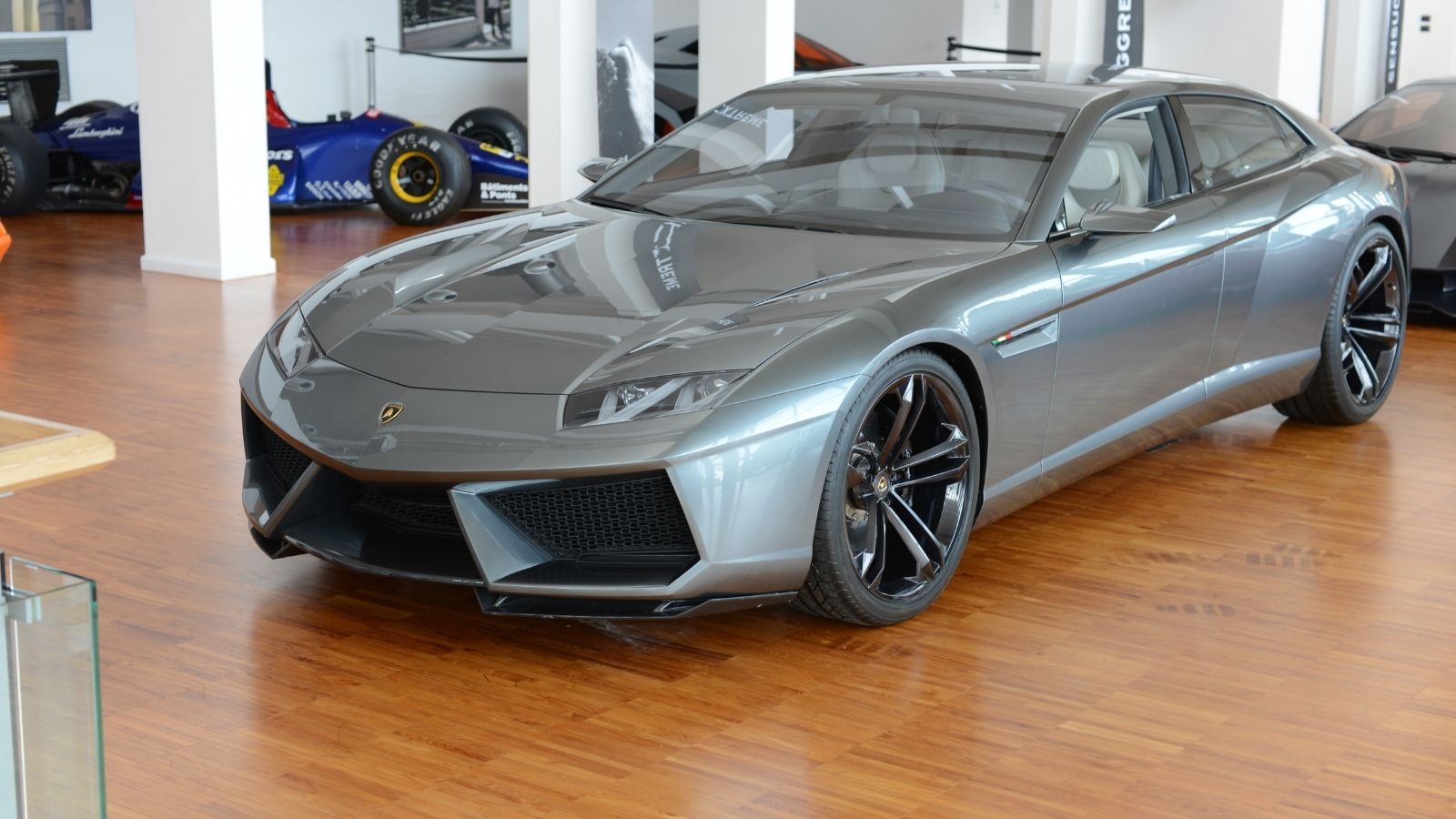
Lamborghini is synonymous with wild, two-door supercars that look like someone with a penchant for sharp objects designed them. But in 2008, the Italian automaker decided to shake things up by unveiling the Estoque, a four-door sedan that still looked like a raging bull. Powered by a V10 engine, the Estoque was intended to be a more practical Lamborghini, offering the brand’s signature performance and style in a package that could comfortably carry four adults. Despite the initial excitement, the Estoque never reached the concept stage. The global financial crisis of 2008 hit the luxury car market hard, and Lamborghini decided to focus on its core products rather than take a risk on a new segment.
Toyota FT-HS (2007)

When Toyota unveiled the FT-HS concept in 2007, fans of the iconic Supra got their hopes up. This sleek, hybrid sports car was seen as a spiritual successor to the much-loved Supra, with a design blended futuristic elements with classic sports car proportions. Powered by a hybrid system that combined a 3.5-liter V6 engine with an electric motor, the FT-HS promised both performance and efficiency. The design was sharp and aggressive, with a Targa roof and a cockpit-style interior that made you feel like a pilot in the world’s most fantastic spaceship. Unfortunately, the FT-HS never made it to production. Toyota was amid a broader shift towards more practical, eco-friendly vehicles, and a high-performance sports car didn’t quite fit into that strategy. While Toyota eventually brought back the Supra in 2019, the FT-HS remained a concept car that could have, but didn’t, lead the charge into a new era of hybrid sports cars.
11 Cars that are Known for Breaking Down Regularly

No car company wants to deliver a dud. However, even though companies try their best to deliver excellent cars, some cars turn out to be lemons, breaking down frequently. This creates problems for both the consumer and the manufacturer.
11 Cars that are Known for Breaking Down Regularly
